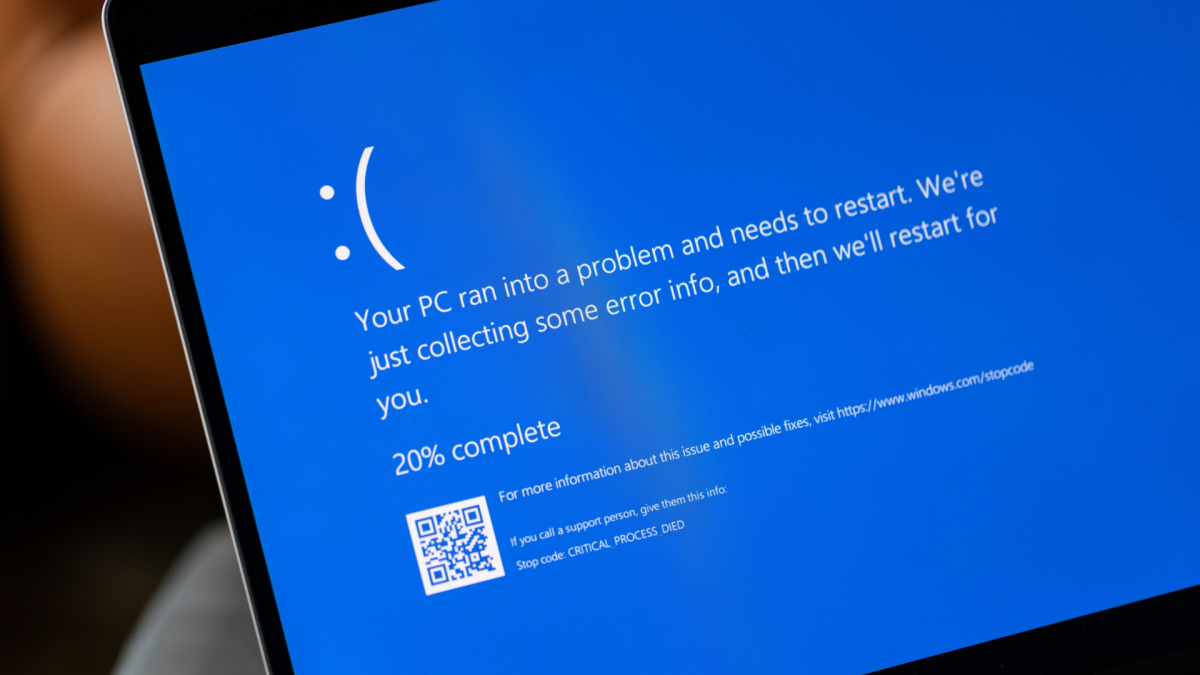An interdisciplinary team of experts in green chemistry, engineering and physics at Flinders University in Australia has developed a safer and more sustainable approach to extract and recover gold from ore and electronic waste.
Explained in the leading journal Nature Sustainability, the gold-extraction technique promises to reduce levels of toxic waste from mining and shows that high purity gold can be recovered from recycling valuable components in printed circuit boards in discarded computers.
The project team, led by Matthew Flinders Professor Justin Chalker, applied this integrated method for high-yield gold extraction from many sources – even recovering trace gold found in scientific waste streams.
The progress toward safer and more sustainable gold recovery was demonstrated for electronic waste, mixed-metal waste, and ore concentrates.
“The study featured many innovations including a new and recyclable leaching reagent derived from a compound used to disinfect water,” says Professor of Chemistry Justin Chalker, who leads the Chalker Lab at Flinders University’s College of Science and Engineering.
“The team also developed an entirely new way to make the polymer sorbent, or the material that binds the gold after extraction into water, using light to initiate the key reaction.”
Extensive investigation into the mechanisms, scope and limitations of the methods are reported in the new study, and the team now plans to work with mining and e-waste recycling operations to trial the method on a larger scale.
“The aim is to provide effective gold recovery methods that support the many uses of gold, while lessening the impact on the environment and human health,” says Professor Chalker.
The new process uses a low-cost and benign compound to extract the gold. This reagent (trichloroisocyanuric acid) is widely used in water sanitation and disinfection. When activated by salt water, the reagent can dissolve gold.
Next, the gold can be selectively bound to a novel sulfur-rich polymer developed by the Flinders team. The selectivity of the polymer allows gold recovery even in highly complex mixtures.
The gold can then be recovered by triggering the polymer to “un-make” itself and convert back to monomer. This allows the gold to be recovered and the polymer to be recycled and re-used.
[…]
The team also collaborated with experts in the US and Peru to validate the method on ore, in an effort to support small-scale mines that otherwise rely on toxic mercury to amalgamate gold.
Gold mining typically uses highly toxic cyanide to extract gold from ore, with risks to the wildlife and the broader environment if it is not contained properly. Artisanal and small-scale gold mines still use mercury to amalgamate gold. Unfortunately, the use of mercury in gold mining is one of the largest sources of mercury pollution on Earth.
[…]
ARC DECRA Fellow Dr Nicholls, adds: “The newly developed gold sorbent is made using a sustainable approach in which UV light is used to make the sulfur-rich polymer. Then, recycling the polymer after the gold has been recovered further increases the green credentials of this method.”
[…]
Story Source:
Materials provided by Flinders University. Note: Content may be edited for style and length.
Journal Reference:
- Maximilian Mann, Thomas P. Nicholls, Harshal D. Patel, Lynn S. Lisboa, Jasmine M. M. Pople, Le Nhan Pham, Max J. H. Worthington, Matthew R. Smith, Yanting Yin, Gunther G. Andersson, Christopher T. Gibson, Louisa J. Esdaile, Claire E. Lenehan, Michelle L. Coote, Zhongfan Jia, Justin M. Chalker. Sustainable gold extraction from ore and electronic waste. Nature Sustainability, 2025; DOI: 10.1038/s41893-025-01586-w




